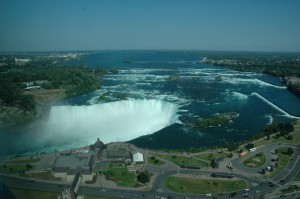 Abraham Lincoln was fascinated by science and technology. In his personal life he sought to improve his knowledge, studying not only the law but Euclid geometry, astronomy, and various forms of technology-driven improvement. As President he was often the first man inventors (and hucksters) would seek out with their new devices. He even had a patent, the first and only President ever to receive one. But perhaps the best way to highlight Lincoln’s way of thinking would be to examine the incredulous response to a question from his law partner, William Herndon.
Abraham Lincoln was fascinated by science and technology. In his personal life he sought to improve his knowledge, studying not only the law but Euclid geometry, astronomy, and various forms of technology-driven improvement. As President he was often the first man inventors (and hucksters) would seek out with their new devices. He even had a patent, the first and only President ever to receive one. But perhaps the best way to highlight Lincoln’s way of thinking would be to examine the incredulous response to a question from his law partner, William Herndon.
Lincoln was on his way back to Illinois in 1848 during the intercession of his single term as a US Congressman. It was a presidential year so Lincoln, as a prominent Whig in Congress, gladly accepted an invitation to stump for Zachary Taylor on his first visit to New England. Joined by Mary and their two young sons, Robert at 5 and Eddy at 2-1/2, he made his way to Boston, which he used as a base to make day trips to various cities and towns in eastern Massachusetts. Lobbying for Taylor would later prove to be time well spent when it came to his own presidential aspirations, as would his second New England tour in 1860 following the renowned Cooper Union speech.
After an exhausting 11 days in which he gave 12 speeches in nine Massachusetts communities, Lincoln and family were ready to make the long trip home. Taking a train from Boston to New York City, then on to Albany, Lincoln eventually found his way to upstate New York and the fabled Niagara Falls. Formed during the last Ice Age, Niagara Falls consists of three separate falls: American and Bridal Veil Falls on the American side of the international border, and Horseshoe Falls on the Canadian side. The Falls have a vertical drop of over 165 feet, but because of the incredible width of the combined falls it has an average flow of 4 million cubic feet per minute. Seeing the massive volume of water crossing the precipice into the gorge is something most visitors do not soon forget.
Following his all-too-brief visit, Lincoln boarded the steamship Globe for the trip through the Great Lakes and on to Chicago, from whence he, with family in tow, traveled via the Illinois and Michigan Canal to LaSalle, then took a steamer to Peoria, before boarding a stagecoach for the final leg back to Springfield. Tired and cranky from the long journey, Lincoln caught up with his law practice for several weeks before the next session of Congress would call him back to Washington. After finishing his term as Congressman in 1849, Lincoln returned to Springfield and threw himself into his law career full time. Busy with his law practice, Lincoln likely did not have much time to think about Niagara.
At some later point, William Herndon also went to New York and made his way back by way of Niagara Falls. A few days after Herndon’s return he was regaling Lincoln with an account of his trip. In describing Niagara he “indulged in a good deal of imagery.” Herndon relates that:
“As I warmed up with the subject my descriptive powers expanded accordingly. The mad rush of water, the roar, the rapids, and the rainbow furnished me with an abundance of material for a stirring and impressive picture. The recollection of the gigantic and awe-inspiring scene stimulated my exuberant powers to the highest pitch.”
Nearly exhausted with this description, Herndon then asked Lincoln of his opinion of Niagara Falls. “What made the deepest impression on you when you stood in the presence of the great natural wonder?” he queried Lincoln, expecting something equally imagery-indulgent.
“The thing that struck me most forcibly when I saw the Falls,” Lincoln said, “was, where in the world did all that water come from?”
Dumbfounded, the humorless Herndon could not believe his ears. The beauty! The splendor! Had the man not opened his eyes to the sight before him? Had he not opened his ears to the thundering roar of the water splashing into the mist below?
Herndon’s explanation of Lincoln’s answer was that “it in a very characteristic way illustrates how he looked at everything.” Elaborating, Herndon added:
“He had no eye for the magnificence and grandeur of the scene, for the rapids, the mist, the angry waters, and the roar of the whirlpool, but his mind, working in its accustomed channel, heedless of beauty or awe, followed irresistibly back to the first cause. It was in this light he viewed every question. However great the verbal foliage that concealed the nakedness of a good idea Lincoln stripped it all down till he could see clear the way between cause and effect. If there was any secret in his power this surely was it.”
Herndon undoubtedly is not giving Lincoln enough credit for imagination here. While clearly an analytical thinker, Lincoln was not so divorced from emotion that he would fail to be impressed with the “magnificence and grandeur” of Niagara Falls.
A clue to how Herndon may have focused on this part of Lincoln’s response is in his biography of Lincoln immediately following the above passage about Niagara Falls. Herndon notes that after seeing the Falls, Lincoln continued his journey homeward. Immediately after his visit, while still on the long arduous journey, he took the time to compose a literary fragment likely intended for one of his future scientific lectures. He also found himself witness to an incident that coupled the science and technology of his recent visit to the Falls.
As the steamship Globe made its way through the narrow Detroit River passing between Lakes Erie and Huron, it overtook another steamer, the Canada, which had run aground on Fighting Island. Stuck fast, the Captain ordered the hands to collect “all the loose planks, empty barrels, boxes, and the like which could be had” and force them under her hull to buoy the ship higher in the water. This effort eventually allowed the Canada to escape her entrapment, but not until a few days after Lincoln and the Globe had passed into Lake Huron on their continuing voyage to Chicago. Ever the inquisitive one, and remembering his own experiences getting stuck on the New Salem dam back on the Sangamon, Lincoln was completely enthralled with the ongoing operation. The incident got him thinking seriously about how to solve this particular kind of problem.
Not long after, he would develop his own “improved method of lifting vessels over shoals,” for which, in May 1849, he received a patent, the only U.S. President to do so.
All of this was likely on Lincoln’s mind when Herndon asked him about his “deepest impressions” of Niagara Falls. To Herndon, the Falls he had just visited were fresh in his mind, as was the beauty and grandeur. For Lincoln, the awe-inspiring view was only part of a much more complicated memory from a brief visit to the Falls that also included witnessing the attempt to free a grounded steamship, his old memories of his personal standing on the Sangamon, and the subsequent development of an invention to overcome shoals. Added to his natural affection for science and technology and his boatman’s experience, and it is not surprising that he would relate the Falls to the more scientific question of how much water comes over it.
Still, Lincoln did appreciate the allure of the Falls. We’ll talk about that in Part 2.
[The above is adapted from my article by the same title in The Lincolnian, a publication of the Lincoln Group of the District of Columbia. You can read Part 2 here.]
David J. Kent is an avid traveler, scientist, and Abraham Lincoln historian. He is the author of Lincoln: The Man Who Saved America, Tesla: The Wizard of Electricity and Edison: The Inventor of the Modern World as well as two specialty e-books: Nikola Tesla: Renewable Energy Ahead of Its Time and Abraham Lincoln and Nikola Tesla: Connected by Fate.
Check out my Goodreads author page. While you’re at it, “Like” my Facebook author page for more updates!
[Photo credit: David J. Kent]
Like this:
Like Loading...
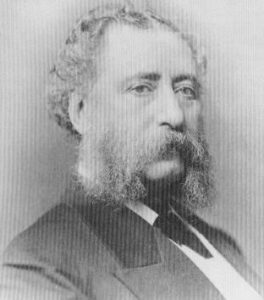 On January 25, 1865, Abraham Lincoln directed Secretary of War Edwin Stanton to give Lincoln’s Jewish spy and “cheroperdist” a pass to go into southern territory.
On January 25, 1865, Abraham Lincoln directed Secretary of War Edwin Stanton to give Lincoln’s Jewish spy and “cheroperdist” a pass to go into southern territory.


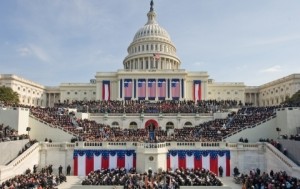 The election results were decisive. The new president-elect had won the popular vote by a substantial margin and had won more electoral votes than his competitors combined. The election had been secure, and the results were unequivocal.
The election results were decisive. The new president-elect had won the popular vote by a substantial margin and had won more electoral votes than his competitors combined. The election had been secure, and the results were unequivocal.
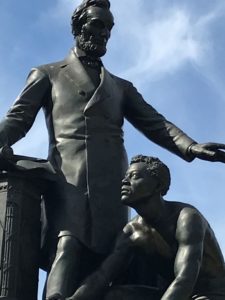 As part of my series on Confederate monuments I recently examined
As part of my series on Confederate monuments I recently examined  Heck of a year, wasn’t it? I’m sure I’m not alone in admitting that the year in a writer’s life didn’t go exactly as planned. And yet, looking back on
Heck of a year, wasn’t it? I’m sure I’m not alone in admitting that the year in a writer’s life didn’t go exactly as planned. And yet, looking back on 
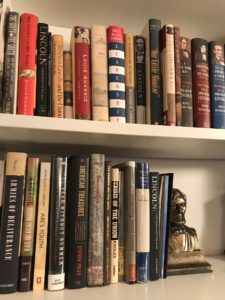 Given COVID, the election, the post-election, and everything else that happened this year, it should come as no surprise that my Abraham Lincoln book acquisition pattern was different that in previous years. While last year I had a big jump in the number of new Lincoln books I acquired (
Given COVID, the election, the post-election, and everything else that happened this year, it should come as no surprise that my Abraham Lincoln book acquisition pattern was different that in previous years. While last year I had a big jump in the number of new Lincoln books I acquired (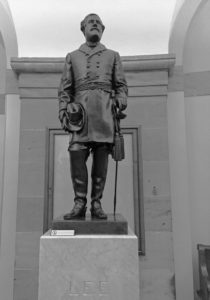 Virginians woke up Monday morning, December 21, 2020, to the
Virginians woke up Monday morning, December 21, 2020, to the 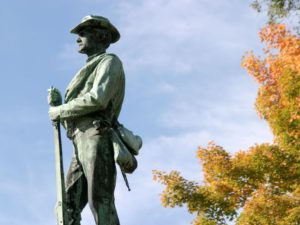 As I continue to explore “
As I continue to explore “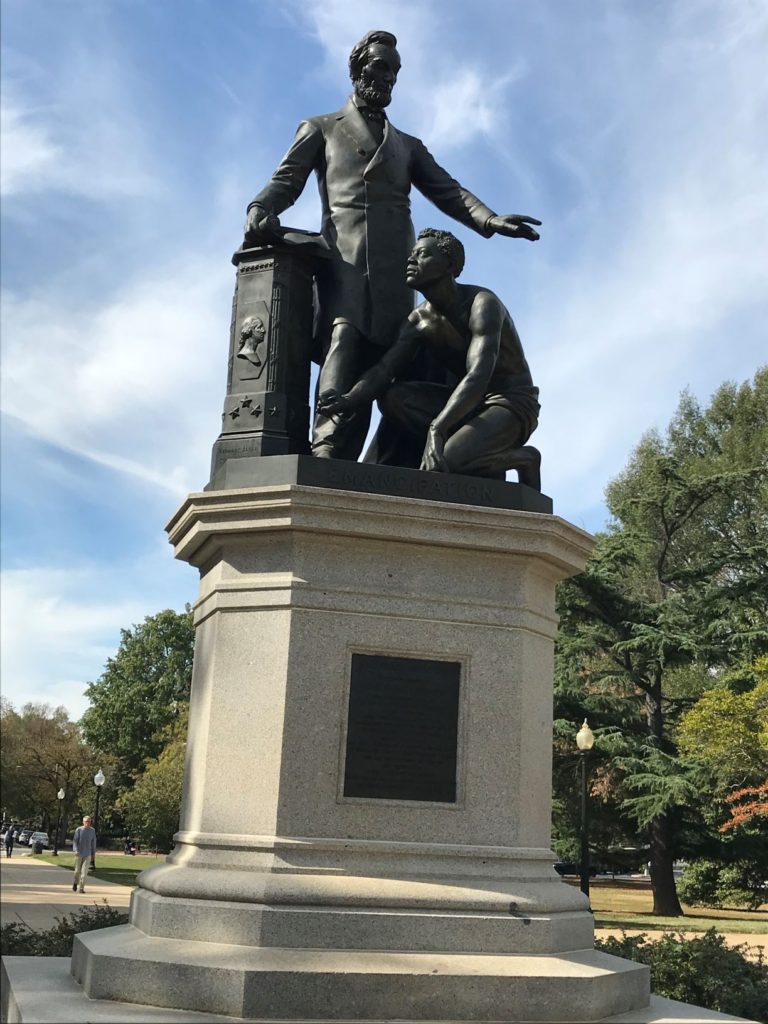
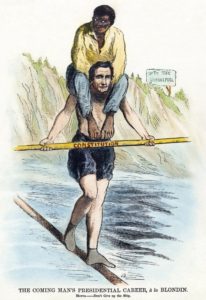 [This is Part 2.
[This is Part 2.  Abraham Lincoln was fascinated by science and technology. In his personal life he sought to improve his knowledge, studying not only the law but Euclid geometry, astronomy, and various forms of technology-driven improvement. As President he was often the first man inventors (and hucksters) would seek out with their new devices. He even had a patent, the first and only President ever to receive one. But perhaps the best way to highlight Lincoln’s way of thinking would be to examine the incredulous response to a question from his law partner, William Herndon.
Abraham Lincoln was fascinated by science and technology. In his personal life he sought to improve his knowledge, studying not only the law but Euclid geometry, astronomy, and various forms of technology-driven improvement. As President he was often the first man inventors (and hucksters) would seek out with their new devices. He even had a patent, the first and only President ever to receive one. But perhaps the best way to highlight Lincoln’s way of thinking would be to examine the incredulous response to a question from his law partner, William Herndon.






